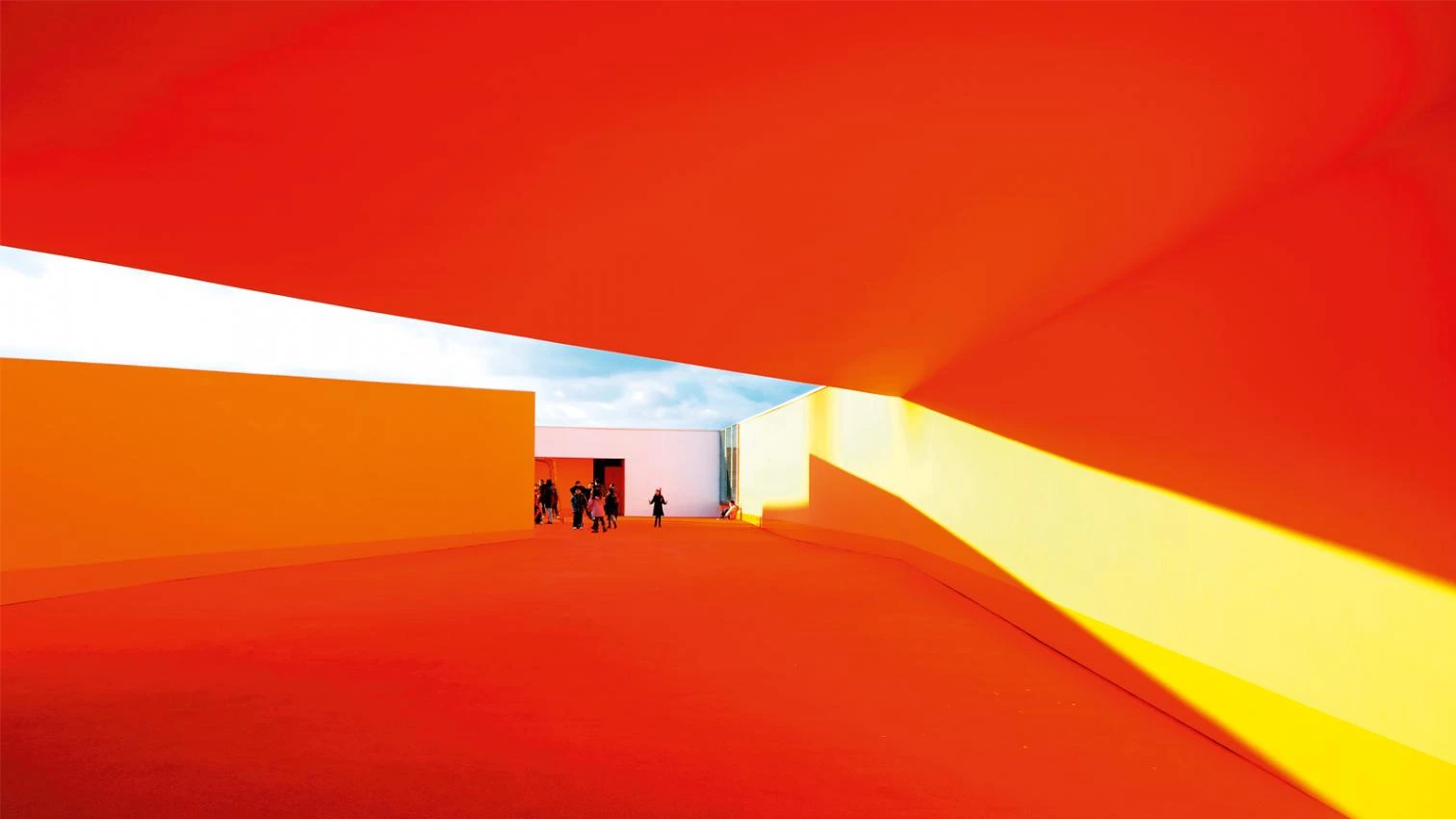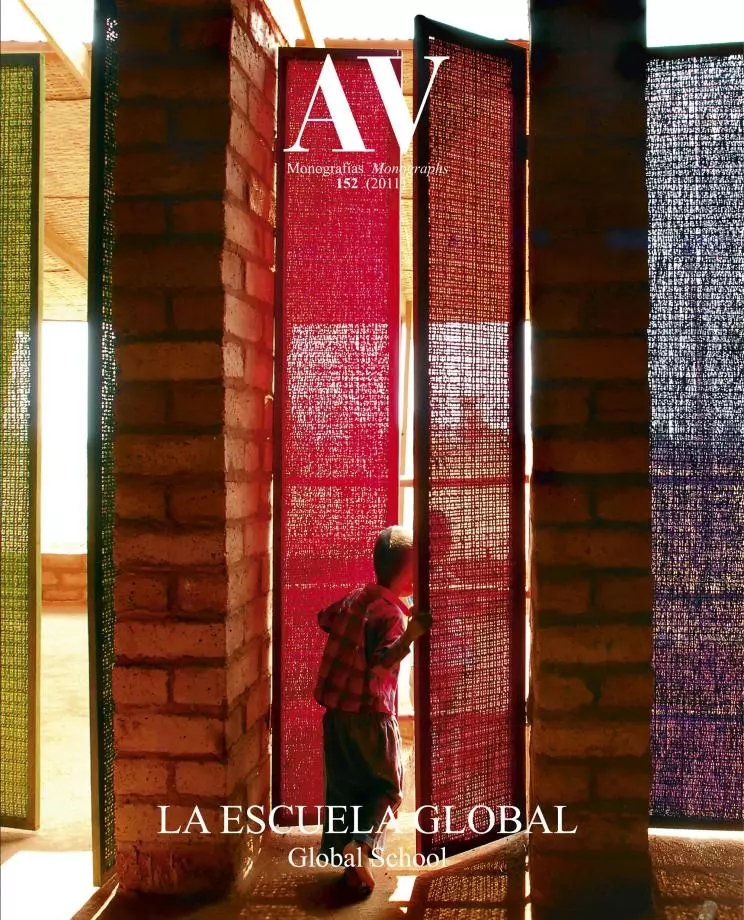Master Walls

A school is walls and masters. Architecture and pedagogy make up the school buildings, and we want to think that their importance is equivalent. It is not so: a school can do without walls, but not without masters.If André Malraux theorized about a museum without walls which would use photography as a tool of access to beauty, Marshall McLuhan proposed a classroom without walls that would use the communication media as tools of access to knowledge, and both of them understood the absence of walls as the representation of the transfer from the physical sphere to the virtual one. However, the immaterial world of images, media and networks excludes the emotional dimension of presence, and it is precisely the aesthetic shudder of proximity or the intellectual stimulus of orality that establish the contact with the masterpiece or the schoolmaster. We can do without walls, but not without the physical space where the relationship between master and disciple takes place.
That spatial component of the educational space extends to the itinerary from home to school, a path that is usually the first close contact of the child with his or her physical context. Be it tutored or autonomous, individual or in a group, urban or rural, the passage from the warm uterus of the home to the choral precinct of the school means opening up to the world and to others, but it is also an exploration of the nearby city or fields, and these daily transited landscapes enclose as many teachings as the walls of the school, because they harbor haphazard risks and pleasurable discoveries. The school is both a place and a journey: a material journey that scouts the territory and a moral journey that opens the doors to sociability and the windows to knowledge, during a voyage that takes the child or teenager to the discipline of boundaries established by a collective environment and to the insertion of his or her personality in the demanding choreography of the shared realm.
The recently deceased Fabián Estapé – a prominent Spanish economist who was also the biographer of the influential town planner Ildefonso Cerdá – used to say that a man is ‘a mother and a baccalaureate’, a perhaps politically incorrect way of stressing our debt with family and school, essential cores of the education that enriches a person and prepares him or her to live and work in society. And both at home and in the classroom, the architecture of the spaces is not as important as the architecture of the relationships, the nature of the ties established among family members or among members of a school community. We need excellent buildings, but we need excellent masters even more, and none of this can be achieved without a greater social esteem for teachers and increased support of families to schools. The improvement of education does not reside in programs or in buildings, but in teachers. The master wall of the global school is not the wall but the master.
Luis Fernández-Galiano





